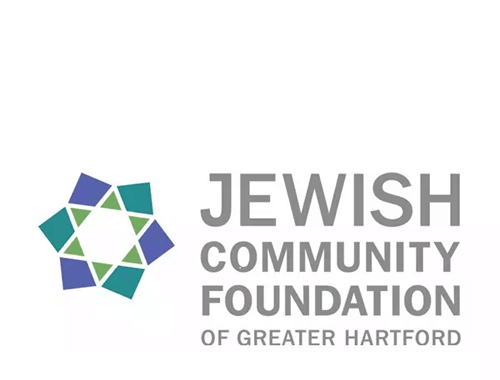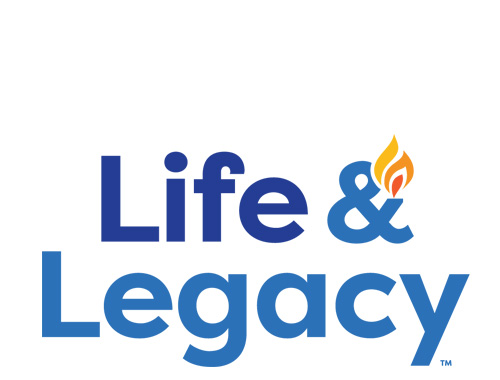Schechter Shavua: Purim STEAMfest Special Issue!
Purim STEAMfest Energizes and Excites the Schechter Community
What a day! Our Purim STEAMfest, emphasizing Jewish learning through science, technology, engineering, arts, and math, began as a tiny idea introduced by Sarah Montag (Director of Teaching and Learning) over six weeks ago, and it came alive as teachers stepped out of their comfort zone, tried new things, and had a massive growth mindset. This positive attitude snowballed to our students and they became engrossed in their projects from start to finish. In this article, you’ll read about each phase of their process, including learning about circuits, creating new games, learning how to sew, battling conveyor belts, tripling recipes, learning new computer programs, and on and on.
Brainstorming and Planning/Research
To introduce STEAMfest, students gathered in small mixed-age groups (K-2, 3-5, 6-8) along with a faculty facilitator. Students discussed what they typically like to do on Purim and, in an ideal world, what ways they would most love to celebrate the holiday.
Once students reflected upon their favorite Purim-inspired activities, they thought about the different ways that they could include Science, Technology, Engineering, Arts, or Math into the festivities and shared their ideas with each other. Each group researched ideas using books, the internet, and organizations with expertise, then voted upon their final project proposal.
Things really started getting exciting at this point! To begin planning the details of their project, students came together a second time to create schematic drawings, blueprints, and plans. They compiled a materials list so that the appropriate supplies could be ordered and accessible to them for the building phase.
Even in these early stages, students demonstrated that they were thinking creatively and fostering the collaboration and teamwork that are so essential to the development of new ideas.
Building + Troubleshooting
Within a few days, we had accumulated a mountain of the requested supplies, and students were gearing up for the construction phase of STEAMfest. Once again, collaboration was beautiful to witness as students worked together to create their projects. Glue guns, cardboard, sequins, baking ingredients, computers, electric circuits, paint, fabric, wheels, motors and lights were just some of the supplies needed to build their dreamy, STEAMy projects.
On Monday, the day before Purim, students put the finishing touches on their projects, fixed any lingering issues, and identified concerns about the creation that needed to be addressed. Teachers were on hand to help them think about ways to fix those issues, but much of the brain-power was student-generated.
Purim Day (a.k.a. STEAMfest!)
Seeing the results of these weeks of preparation and collaboration exceeded our wildest dreams! Students were excited to demonstrate what they had learned and achieved. Faculty and staff were brightened to witness the students’ enthusiasm and pride, as well as their ruach (spirit) as they celebrated this festive holiday. Older students, demonstrating Lev Tov (Good Heart), took younger ones under their wings at the different carnival games and onto their laps during the schoolwide megillah reading.
Throughout the day, the entire Schechter community experienced each others’ projects by participating in games, tasting different varieties of hamentashen and fillings, watching productions, and more. Here is the complete list of STEAMfest projects:
Grades K-2:
Bean Bag Toss (sewing bean bags and creating the tossing board)
Pinball(constructing the massive pinball machine from cardboard)
Motorized Groggers (some lit up, some made noise, all were festive)
Claw Machine Game (used to pick fun prizes at the carnival)
Baking different hamentashen recipes (even appealing to the savory crowd!)
Homemade Costumes (with groggers built in!)
Grades 3-8:
Testing different hamentashen fillings(preparing fillings, running taste-tests, and tabulating results)
STEAMy Purim Puppet Show (performed at the megillah reading for all to enjoy)
Hamentashen conveyor belt (make your own creation as the conveyor belt moved along)
STEAMy community service (including handmade butterfly bait for gardens)
Coding Games (set up as a station at the carnival)
STEAMy carnival art game (a tricky test of drawing skills without using hands)
Electronic Megillah Slides(told us when to Boo at Haman’s name and for how long)
Mishloach Manot Delivery Systems (wheeled boxes carrying goodies, towed by electric vehicles)
Homemade Costumes (a beautiful skirt paired with an electrified hat! )
Early Childhood:
Nitzanim (EC2) - Learning about circuitsas light bulbs illuminated
Shorashim Alef (EC3-4) - Making groggers (learning about different soundsmade by a variety of objects)
Shorashim Bet (EC3-4) - Light-up crowns, Castle beanbag game for Purim carnival
K-8 Stop-Motion Animated Movie: Animation and voices performed by middle school elective; moveable puppets and set created by Alim (grades 3-4); flat puppets and background created by Anafim (grades 1-2); colored photos used in the credits made by Ilanot (Kindergarten).
In addition to the STEAMfest component, many teachers took on roles in running special activities the day itself. Todah rabah to teachers Ruth, Renana, and Vanessa for rallying the middle school to decorate the school and run the carnival. Todah to Rabbi Chatinover for coordinating the megillah readers - the largest number of megillah readers in Schechter’s history, including our youngest megillah reader ever (Avigail, gr 4). Todah rabah to Art Teacher Liane Fisher for running the animation elective and growing the program to produce the fabulous stop-motion video with contributions from students throughout grades K-8. (You won’t want to miss the VIDEO!!) Each and every teacher went above and beyond to make this a special, fun, exciting, and celebratory day for the students. Between the lead up to Purim day and the celebration on Purim itself, the amount of effort and dedication was so clear.
And lastly,todah rabah to the Schechter parents, who helped provide costumes for the students and pasta-groggers that were donated to the Kosher Food Pantry in the spirit of our core value of Klal Yisrael.
To see photos of the STEAMfest brainstorming and building, click HERE.
To see photos of the STEAMfest projects in action on Purim day, click HERE.
To see photos of costumes and the megillah reading, click HERE.
Parashat Ki Tisa—Don’t Copy God’s Recipes!
 The Torah is full of severe punishments. Gather firewood on Shabbat? Death by stoning. Commit adultery? Ditto. And while we might deem the death penalty a bit harsh for these violations, we aren’t surprised that the Torah cares deeply about the sanctity of Shabbat and marriage.
The Torah is full of severe punishments. Gather firewood on Shabbat? Death by stoning. Commit adultery? Ditto. And while we might deem the death penalty a bit harsh for these violations, we aren’t surprised that the Torah cares deeply about the sanctity of Shabbat and marriage.
Some violations are punished by karet , “being cut off”—a severe heavenly penalty. It is reserved for serious sins such as breaking Yom Kippur, eating hametzon Pesah, or committing incest. Again, while we might flinch at the severity of the punishment, we aren’t surprised that the Torah cares deeply about Yom Kippur, Pesah, and sexual morality.
But sometimes, it’s hard to understand why the Torah is so strict. In this week’s parashah , we read that you receive karet for making a knock-off version of anointing oil. This mixture of olive oil and choice spices was used for consecrating the priests and the altar — and if you tried to compound it for personal use, you were liable for karet. Why the severe punishment? Why does the Torah care so much about copying God’s recipes?
As Americans, we can imagine what would happen if people started making anointing oil for personal use. First would come the marketing campaign: “Now you too can feel like the High Priest! Shemen ha-mish⋅hah, now available in stores everywhere!” We would buy it, and the first time we used it, we would feel special. But the second time, we’d start to feel like the Temple was nothing special. Just like that, yesterday’s holy scent would be today’s Drakkar Noir.
In its own way, the Torah is trying to give us a gift: the experience of having some things be special, awe-inspiring, holy. May we find our own ways to protect the sanctity of our most special times, objects, and places!
Shabbat shalom,
Rabbi Jonathan Berger
Head of School
Questions for the Shabbat table:
1. If the Torah didn’t want anyone making their own shemen ha-mish⋅hah (anointing oil), why did it include the recipe for all to read? Why not keep it a secret, handed down orally from priest to priest?
2. Do you possess anything that you use or wear only rarely as a way of keeping it special? Do you have anything that you do use or wear all the time, but that nevertheless remains treasured?
Solomon Schechter Day School
of Greater Hartford
26 Buena Vista Road
West Hartford, CT 06107
© Solomon Schechter Day School of Greater Hartford | Site design Knowles Kreative




